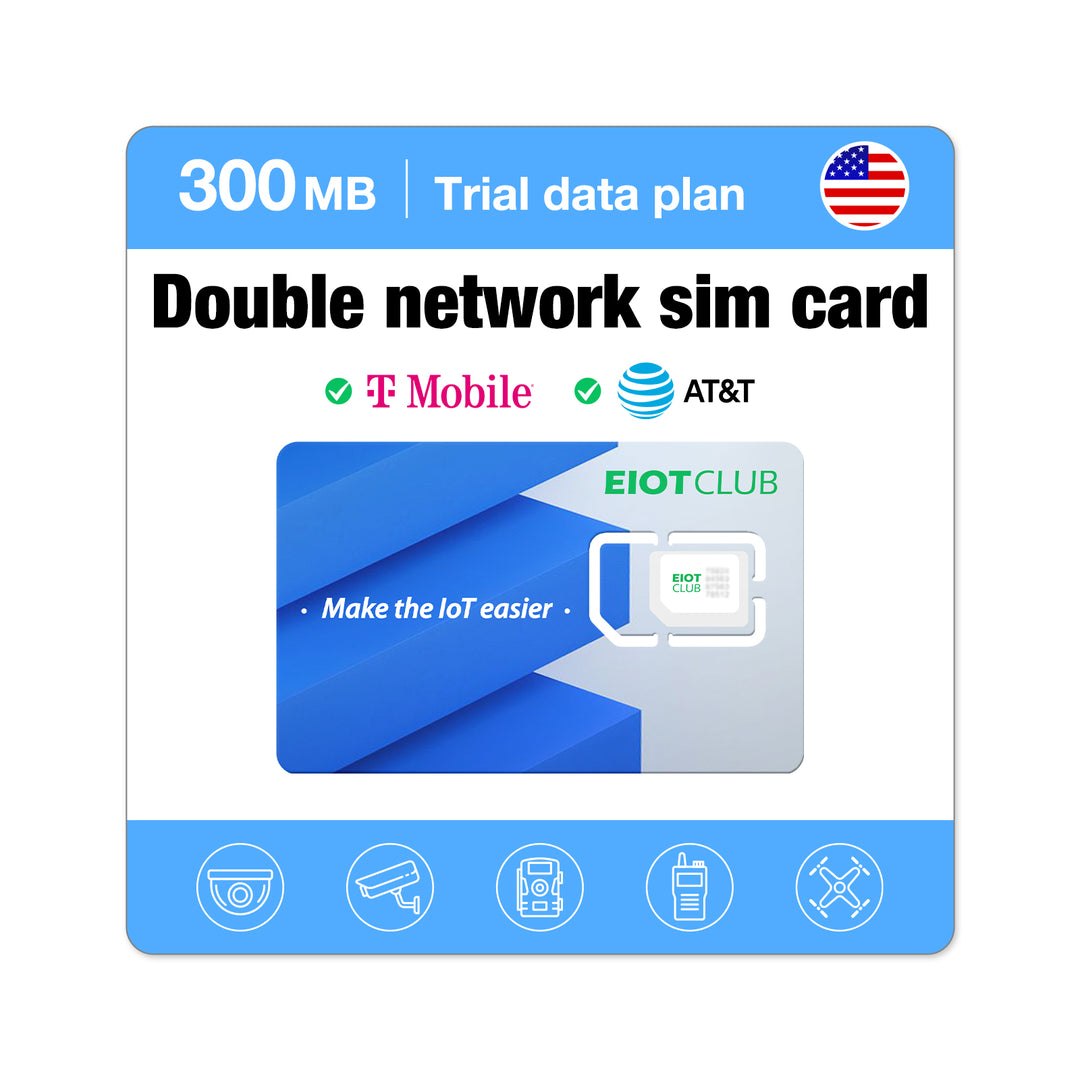Unlocking the Mystery of Data-Only SIM Cards: What You Need to Know!
In our increasingly connected world, the way we access the internet has evolved dramatically. One of the innovations that have emerged in this digital age is the data-only SIM card. Unlike traditional SIM cards that provide both voice and data capabilities, data-only SIM cards are designed specifically to offer mobile data services. This article aims to clarify what data-only SIM cards are, how they function, and the advantages they present. Whether you’re a frequent traveler, a tech enthusiast, or someone looking to optimize your connectivity options, understanding data-only SIM cards can help you make informed decisions that enhance your mobile experience.

What Are Data-Only SIM Cards?
Data-only SIM cards are specialized SIM cards that provide mobile data connectivity without voice call capabilities. Unlike traditional SIM cards that cater to both voice and data services, these cards are tailored for devices that primarily rely on internet access. This includes tablets, mobile broadband devices, and various Internet of Things (IoT) devices. The main purpose of a data-only SIM card is to facilitate seamless internet access, allowing users to connect to mobile networks for browsing, streaming, and downloading without the need for traditional telephony services. The rise in demand for mobile data has led to an increase in the use of data-only SIM cards, especially among users who prefer using messaging apps and VoIP services instead of making conventional calls.
How Do Data-Only SIM Cards Work?
Data-only SIM cards function similarly to traditional SIM cards in that they connect to mobile networks through a cellular provider. When inserted into a compatible device, the card authenticates itself with the network, allowing the device to access the internet. The technology behind these cards includes LTE and 5G networks, which provide high-speed data connections. Once connected, users can utilize various online services, such as browsing the web, streaming music or video, and using apps that require internet access. Unlike voice-capable SIMs, data-only SIM cards do not support calls or SMS, which streamlines their functionality and can help reduce costs for users who don’t require those features.
Benefits of Using Data-Only SIM Cards
There are numerous advantages to using data-only SIM cards that make them appealing to a variety of users. One of the most significant benefits is cost savings; users can often find affordable data plans tailored to their needs without paying for unnecessary voice services. Additionally, data-only SIM cards offer greater flexibility, as users can choose plans that fit their data consumption patterns, whether they need a large amount of data for streaming or just enough for browsing. For instance, my friend recently switched to a data-only SIM card for her tablet, and she found it to be more economical since she primarily uses it for streaming movies and browsing social media while on the go. This tailored approach allows users to optimize their mobile connectivity according to their specific needs.
Common Use Cases for Data-Only SIM Cards
Data-only SIM cards are particularly useful in various scenarios and for a range of devices. For instance, they are ideal for tablets that do not require voice services but need internet access. Additionally, mobile hotspots—devices that allow users to share their internet connection with multiple devices—often utilize data-only SIM cards to provide portable internet anywhere. In the realm of IoT, many smart devices, such as security cameras and wearables, benefit from data-only SIM cards by connecting to the internet to send data and receive updates. My colleague recently set up a mobile hotspot with a data-only SIM for a camping trip, allowing everyone to connect their devices for navigation and social sharing, proving the convenience and effectiveness of these SIM cards in enhancing connectivity.
Choosing the Right Data-Only SIM Card
When selecting a data-only SIM card, there are several factors to consider to ensure you choose the right option for your needs. Coverage is paramount; it’s essential to verify that the provider offers reliable service in your area and any locations you frequently visit. Additionally, consider the data limits associated with different plans, as some may offer unlimited usage while others impose caps. Contract options are also worth evaluating; some providers offer pay-as-you-go plans, while others may require longer commitments. Understanding your personal usage patterns is crucial as well—if you primarily use the internet for light browsing, a lower data plan may suffice, whereas heavy users might benefit from a more robust option. Taking these factors into account will help you make an informed decision that aligns with your connectivity needs.
Final Thoughts on Data-Only SIM Cards
In conclusion, data-only SIM cards are a powerful tool in the modern connectivity landscape. They offer an efficient and cost-effective solution for users who primarily rely on mobile data for their internet needs. By understanding what data-only SIM cards are, how they work, and the benefits they provide, individuals can make informed choices that best suit their digital lifestyles. Whether for personal use, travel, or enhancing IoT devices, exploring the various options available can lead to a more satisfying and tailored mobile experience. As our reliance on the internet continues to grow, considering a data-only SIM card could be a smart move for maintaining seamless connectivity.







